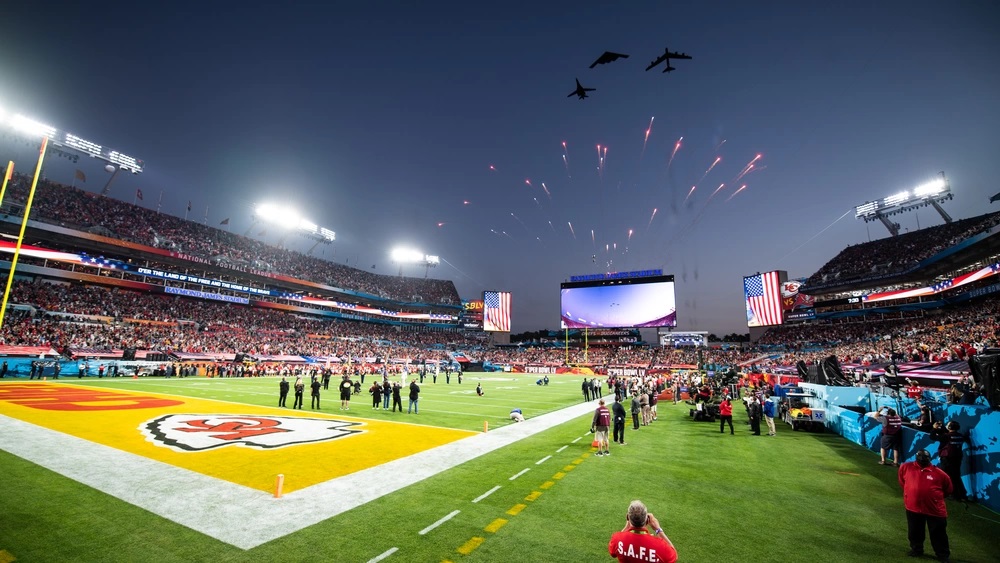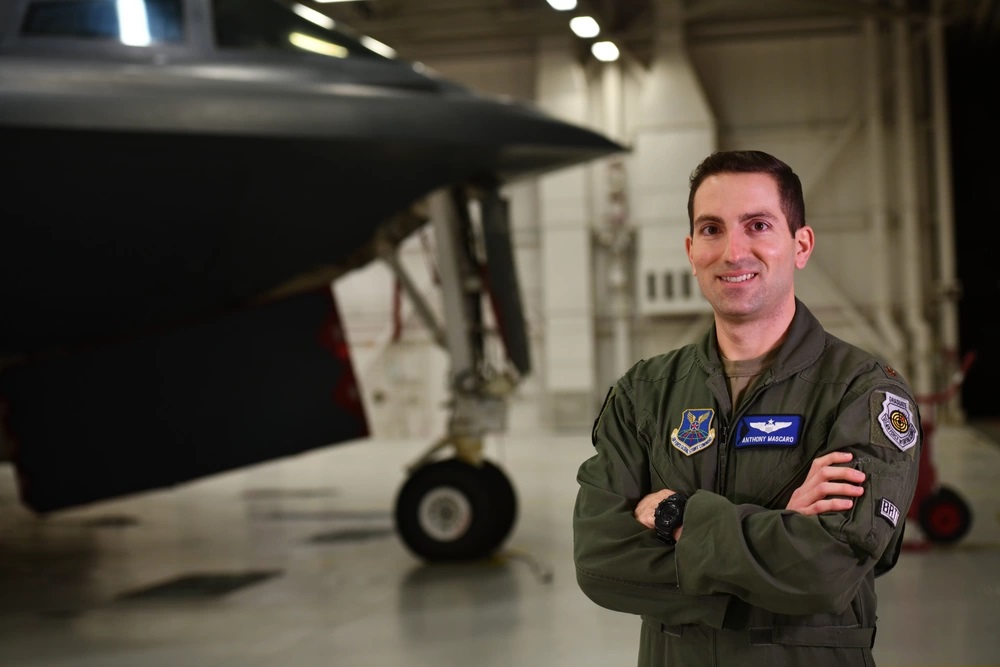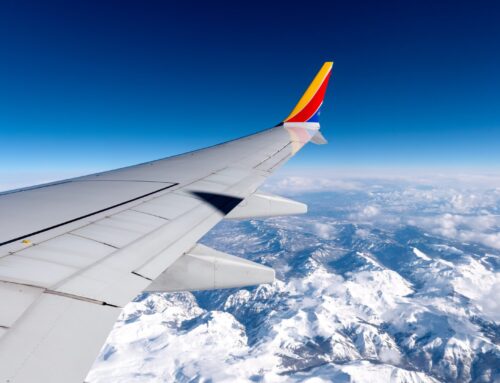What Goes Into Planning a Super Bowl Flyover?
Military aircraft roaring overhead have become staple of sports’ biggest events
By Rod Thorn
Published February 10, 2023
Read Time: 7 mins

If you’ve ever witnessed a military flyover, you know how powerful the experience is.
You’re at an event—a game, a parade, maybe a patriotic celebration of a noteworthy moment or person in history. Flags are waving, music is playing. You’re in a huge crowd of people, maybe enjoying food and drinks with friends and family.
Suddenly, everyone looks to the sky. There! Planes in tight formation approaching quickly, then streaking by overhead. The rumble and roar of the aircraft triggers a feeling deep inside, as does the emotion of the shared experience.
“When those jets fly overhead, it shakes your venue,” said U.S. Air Force Major Clark “Slider” Haymond, an F-15 fighter pilot who has performed flyovers for NFL and college football games. “It gives me chills every time.
“The sound, the rumbling in your chest, it motivates you. We’ve all seen them, so we know what it’s like to be down in the audience. You get a sense of pride when you’re in the cockpit.”
In the United Kingdom and Commonwealth, these flights, known as flypasts, have been regular features at events of national significance since 1913, the first time in world history that such a flight ever occurred. At the annual Trooping the Colour ceremony in England, the Royal Flying Corps Military Wing celebrated the birthday of King George V by executing a flypast on the airfield at Laffan’s Plain, near Aldershot.
The next year, during World War I, flyovers in Europe began to have a more tactical purpose. After a battle concluded, the first combat aviators to return passed over the battlefield so their commanders on the ground could count the planes and determine if any of their pilots were lost.
The first sports flyover
The flyover tradition soon was extended to important sporting events.
On Sept. 15, 1918, with World War I still raging after four years, and the global influenza pandemic adding to the world’s misery, 60 military aircraft flew over Game 1 of the World Series at Comiskey Park in Chicago.
Nearly 20,000 fans looked in awe at the plane-filled sky, then watched with considerably less pleasure as the legendary Babe Ruth, pitching for the Boston Red Sox against the Chicago Cubs, threw a complete game shutout en route to Boston’s fourth World Series win in six years.
Ruth soon would leave the Red Sox for the New York Yankees, and the Red Sox would not win another World Series for 86 years. But military flyovers at sporting events and other significant occasions have continued unabated ever since.
Super flyover
At Super Bowl LVII on Sunday at State Farm Stadium in Glendale, Arizona, female naval aviators will commemorate 50 years of women flying in the U.S. Navy with a flyover during the national anthem.
Staging and departing from nearby Luke Air Force Base, the formation will consist of:
- An F-35C Lightning II from the “Argonauts” of Strike Fighter Squadron (VFA) 147, based at Naval Air Station Lemoore in California;
- Two F/A-18F Super Hornets from the “Flying Eagles” of VFA-122, also based at NAS Lemoore;
- And an EA-18G Growler from the “Vikings” of Electronic Attack Squadron (VAQ) 129, based at Naval Air Station Whidbey Island, near Seattle.
According to the Navy, these aircraft represent the strike and electronic attack capability of the “Carrier Air Wing of the Future,” providing advanced technology and enhanced flexibility for military commanders.
Lt. Katie Martinez, a flight officer assigned to VFA-122, said she looks forward to representing naval aviation at one of the world’s most-watched events.
“It’s not a feeling I can even put into words,” said Martinez. “It doesn’t get bigger than the Super Bowl, and I am humbled and honored to be able to participate with my friends and fellow naval aviators as part of this once-in-a-lifetime opportunity.”

Lt. Katie Martinez, an F/A-18 pilot from VFA-122, will be one of several women naval aviators participating in the flyover for Super Bowl LVII in Glendale, Ariz. (Image courtesy of U.S. Naval Air Forces Public Affairs)
Just as the plays on the field are planned and executed down to the smallest detail, the flyover in the sky will be the result of the pilots’ years of experience, plus months of preparation and coordination between the NFL, the venue, the pilots, military crew and ground liaisons, other supporting aircraft, and the Federal Aviation Administration (FAA).
FAA’s role
Only a select few can fly over the Super Bowl. Or any other event, for that matter.
The average person can’t fly so much as a model aircraft or unmanned aircraft system such as a drone over a stadium or sporting event. Federal law restricts UAS flights at or below 3,000 feet above ground level within a three-nautical-mile radius of any stadium with a seating capacity of 30,000 or more people during a Major League Baseball, regular or post-season National Football League, NCAA Division I football game, or a major motor speedway event.
This temporary flight restriction applies to the entire U.S. domestic National Airspace System, and it takes effect starting one hour before the scheduled event time until one hour after the event concludes. The FAA gives further detail in several Notices to Air Missions (NOTAM).
For Super Bowl LVII, the FAA will publish a Temporary Flight Restriction centered on State Farm Stadium. The FAA expects the TFR will be active from 3:30-9 p.m. local time on Sunday. The TFR will have a 10-nautical-mile inner core and a 30-nautical-mile outer ring.
The game will begin at approximately 4:30 p.m. local time, right after the flyover, which is timed to occur when country music recording artist Chris Stapleton hits the last soaring notes of the Star-Spangled Banner.
The TFR will not affect regularly scheduled commercial flights in and out of Phoenix Sky Harbor International Airport. Emergency medical, public safety and military aircraft may enter the TFR in coordination with air traffic control.
Super Bowl LVII also is a No Drone Zone. As a designated National Security Special Event, additional unmanned aircraft restrictions will be in place before, during and after the game.
The FAA has post its full safety plan for the Super Bowl here.
Close coordination
To request a military flyover during a sporting event, a team must complete and sign a DD Form 2535 at least 90 days before the event. The military then accepts or rejects the request, based on availability of pilots and planes, the relationship the team has built within their local community, and whether there is an opportunity to appropriately showcase the military’s contributions.
Examples of military appreciation may include having pilots on the field, or on camera, talking about the flyover missions and their units, teams doing joint clinics with the military in the local community, and inviting pilots to the stadium to participate in special activities with the players and fans.
An historic flyover
While the exact details for the Super Bowl LVII flyover are confidential, a look back at the flyover for Super Bowl LV is a good indication of what goes into pulling off such a mission.
At that game between the Tampa Bay Buccaneers and Kansas City Chiefs, America’s oldest bomber, the B-52H Stratofortress, joined its B-1B Lancer and B-2 Spirit “stealth” bomber brethren in a first-of-its-kind flyover before the kickoff at Tampa’s Raymond James Stadium.
This flyover was unique because although bombers of the same type often fly in formation, it was highly unusual for them to do so only 250 feet apart, at 280 miles an hour, from three different bases, with three different aircraft of varying sizes and capabilities: one supersonic, one stealth, and one less agile.
“What I hope people took away is that the same capability that let us put a B-2 and B-52 and a B-1 overtop the Super Bowl is the same sort of process that ensures we can be on time and on target anywhere in the world,” said U.S. Air Force Major Anthony D. Mascaro, a B-2 instructor pilot, weapons officer, director of the Mission Training Center with the 13th Bomb Squadron at Whiteman Air Force Base, Missouri, and member of the ground crew for the Super Bowl LV flyover.

Major Anthony D. Mascaro, a U.S Air Force B-2 instructor pilot, was a member of a three-ship bomber flyover that also featured a B-1 and B-52 for Super Bowl LV in Tampa, Fla. (Photo by Tech. Sgt Alexander W. Riedel/509th Bomb Wing Public Affairs)
A couple of days before the game, on Feb. 5, the bombers held a practice run. But beginning nearly a year prior, each flight crew began having briefings that included the flight plan, maps, the staging area where the bombers would convene before the flyover, altitudes, flight time, weather, speed, maintenance, and more.
They all had contingency plans: each flight team brought a backup aircraft and airframe in case there was a maintenance issue, weather delay, or some other unforeseen occurrence.
On Feb. 7, the day of the game, about 30 minutes before the flyover, the three came together in the Gulf of Mexico, about 100 miles offshore. In tight formation, they received updates from a liaison on the ground so they could adjust the timing of their flight. Their goal, as with any mission, was to execute their mission on time, on target, in one pass. They succeeded, albeit with some controversy regarding cost.
According to fiscal 2017 data, a B-52 flight costs roughly $48,000 per flight hour, a B-1B is about $94,000, and a B-2 comes to approximately $122,000 per hour. With close to 18 hours of flight time including the practice run and the mission, the flyover likely cost close to $4 million.
However, advocates note that the pilots are going to fly those hours anyway, whether it’s over the desert, over the ocean, or over a stadium. They argue that the return on investment—citizens’ increased understanding of and appreciation for the military, inspiration for future generations of aviation enthusiasts, flight crews gaining experience conducting live missions, military readiness boosted, and a heart-thumping experience for the players and fans—is invaluable.






